According to the Women's Environmental Network (WEN), there are many connections between women's issues and environmental issues. Here, WEN project officer Margaret Welsh explains how we can become positive agents for change in our community
Globally speaking, women will be more affected by climate change, despite statistically contributing less to emissions, and being more likely to consider the impact of their consumption. In addition, women are still under-represented in positions of environmental decision-making, despite having crucial perspectives to bring to the table.
Closer to home, women in the UK still make the majority of household purchasing decisions. At least 27 percent of CO2 emissions are generated by household activities, which means that women are powerful untapped agents of change.
Climate action involves everybody, but if you’re keen to know more about specific issues (such as landfill waste from nappies and menstrual products) that are often ignored by the mainstream media, then there are many highly effective things you can do.
You can help protect your local environment by using your consumer power to reduce your own greenhouse gas emissions, as well as calling for more transparency, getting your voice heard, and inspiring others to take action. In this feature, we present nine environmental topics that we hope will inform, engage and encourage further discussion:
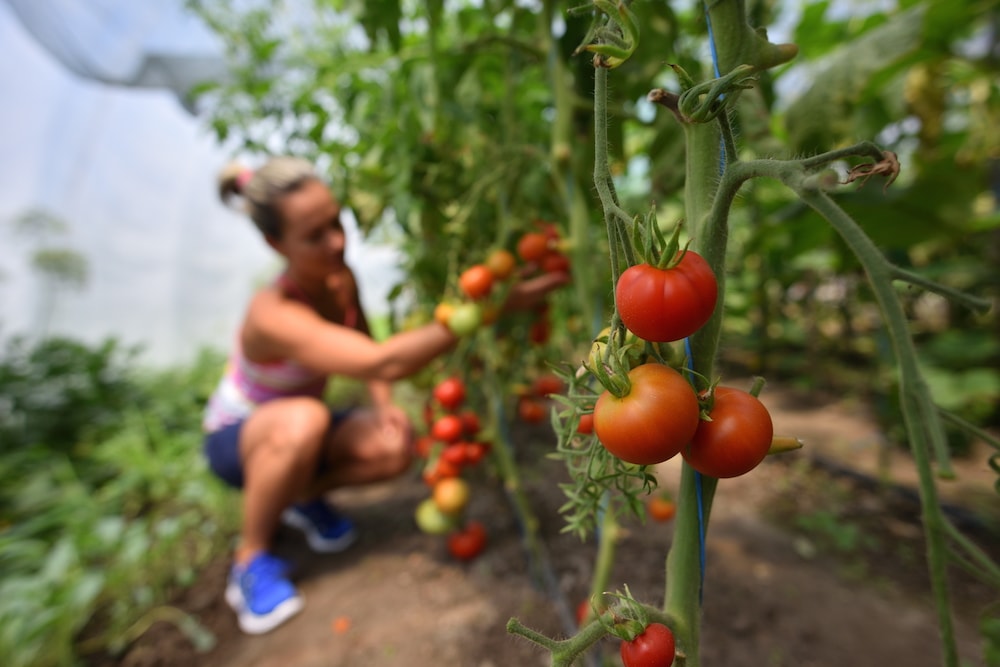
1. Grow your own organic food
Industrial food production is damaging to the environment and human health. It’s energy-intensive, threatens the livelihoods of independent farmers, undermines seed diversity, and endangers people and wildlife with chemical herbicides, fertilisers and pesticides.
You can control your own impact by growing some of your own produce. Growing your own can save money, keep you fit, and give you access to cheaper, healthier (and often better tasting!) organic fruits and veggies than you would find in the shops. Make sure to use only organic methods to protect local wildlife. If you don’t have a garden, ask your local council for a list of allotment sites, or use sunny windowsills to grow herbs and salad greens.
For extra eco-points, learn how to save seeds – this helps preserve genetic diversity and tailors your garden to your local growing conditions. There’s a wealth of free gardening information online, but if learning to grow food by yourself sounds daunting, why not join a community garden and connect with other growers in your local area?

2. Composting
Brits throw away around seven million tonnes of food and drink each year. Keeping this waste out of landfill is essential. When food sits in landfill it releases methane (a far more powerful greenhouse gas than CO2) into the atmosphere.
It’s incredibly easy to make your own compost from kitchen and garden waste, and you’ll soon have a free supply of nutritious compost with which to grow more veggies. It’s also part of a good organic gardening practice that helps you to avoid chemical fertilisers.
Composting also adds nutrients back into the soil as it breaks down, and healthy soil acts as a carbon sink. Many councils offer discounts on home composting bins you can put in your garden. If you don’t have a garden, visit your local council’s website to see if they will recycle your food waste.
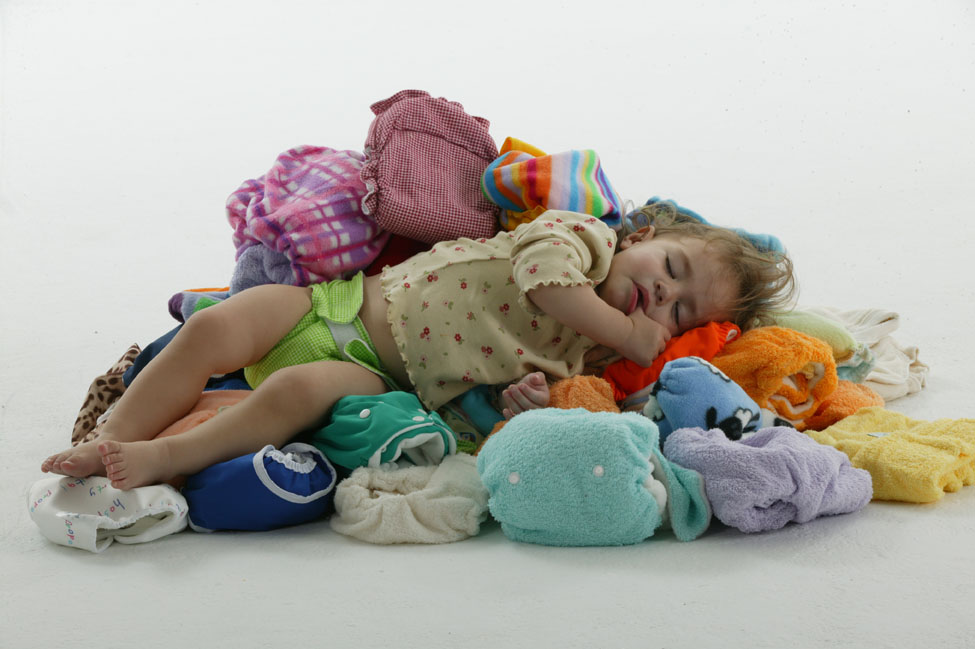
3. Real Nappies
The UK throws away around eight million nappies a day. The average baby using disposable nappies will generate 874kg of nappy waste. The vast majority of these end up in landfill, where they can take hundreds of years to degrade, eventually releasing methane gas into the atmosphere.
The UK throws away around eight million nappies a day, the vast majority ending up in landfill, where they can take hundreds of years to degrade
Cloth nappies might seem intimidating to new parents, but with the right information and support they offer a natural, easy to use and cost effective alternative to disposables.
Investing in ‘real nappies’ can save parents hundreds of pounds, even accounting for the cost of washing, and these savings increase when nappies are used for more than one baby. Celebrate Real Nappy Week starting the 24 April, and check out GoReal for more information and guidance.
4. Cosmetics
A staggering 93 percent of British women use cosmetics, the majority of which are complex mixtures of industrially-produced chemicals. Many synthetic chemicals are harmless, but the long-term use of some have been linked to serious health problems.
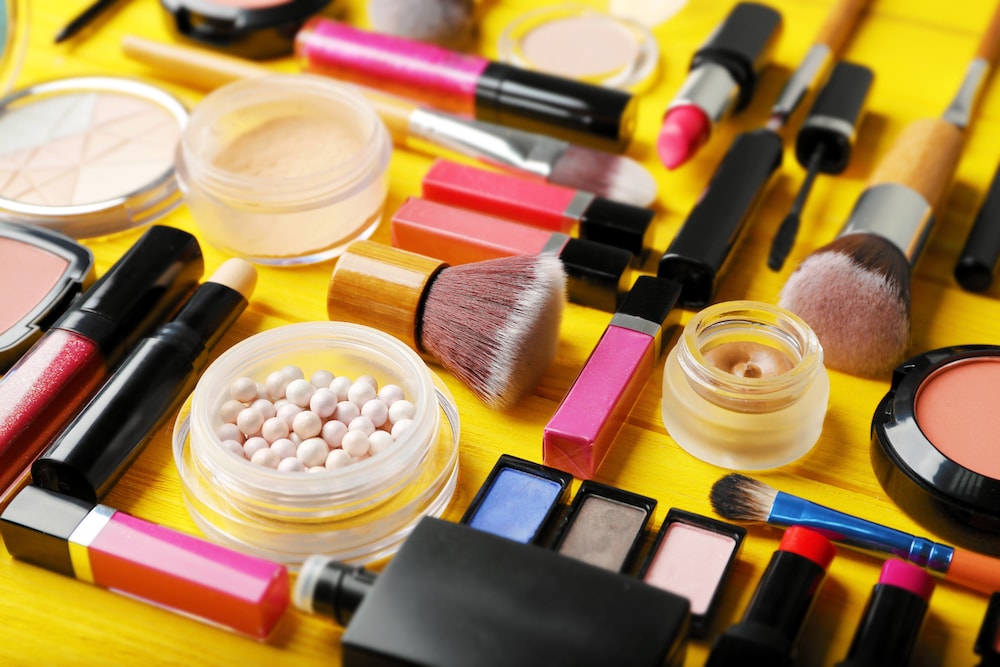
In addition, synthetic chemicals and microbeads washed down the drain can find their way into streams, rivers and seas. Packaging is often made from difficult-to-recycle PVC.
Watch out for green-washing – products labelled ‘organic’ only need to derive one percent of the product organically; and the word ‘natural’ is a completely meaningless term. Instead of relying on marketing buzzwords, understand which ingredients to watch out for in cosmetic products.
It can be easier (and more fun!) to make your own cosmetics at home using household products, castile soap, coconut oil, and essential oils. There are plenty of recipes online to learn how to do this. The cosmetics industry creates unattainable beauty standards to encourage women to spend their income on cosmetics. Stepping away from conventional cosmetics can also encourage you to detach from the limiting standards of beauty companies.
5. Environmenstrual
If you get periods, you are likely to use over 11,000 disposable menstrual products in your lifetime. Tampons, pads, and panty liners all contain plastic and, like nappies, will end up in landfill or worse, in seas and rivers.
Non-organic cotton sanitary products are sprayed with chemical pesticides, the production of which threatens biodiversity and is linked to poisoning in cotton workers. The bleaching of these products can lead to future health problems. In addition, tampons can upset the natural pH balance of the vagina, and leave microscopic fibres in vaginal tissue, creating a breeding ground for harmful bacteria.
Disposable sanitary products also tend to market a culture of secrecy around the totally natural process of periods, making it difficult to discuss positive period alternatives.
The good news? It has never been so easy to find healthier and more sustainable sanitary products. From menstrual cups and washable cloth pads, to menstrual lingerie, the markets are full of excellent solutions that are sustainable, comfortable, and will save you money in the long term.
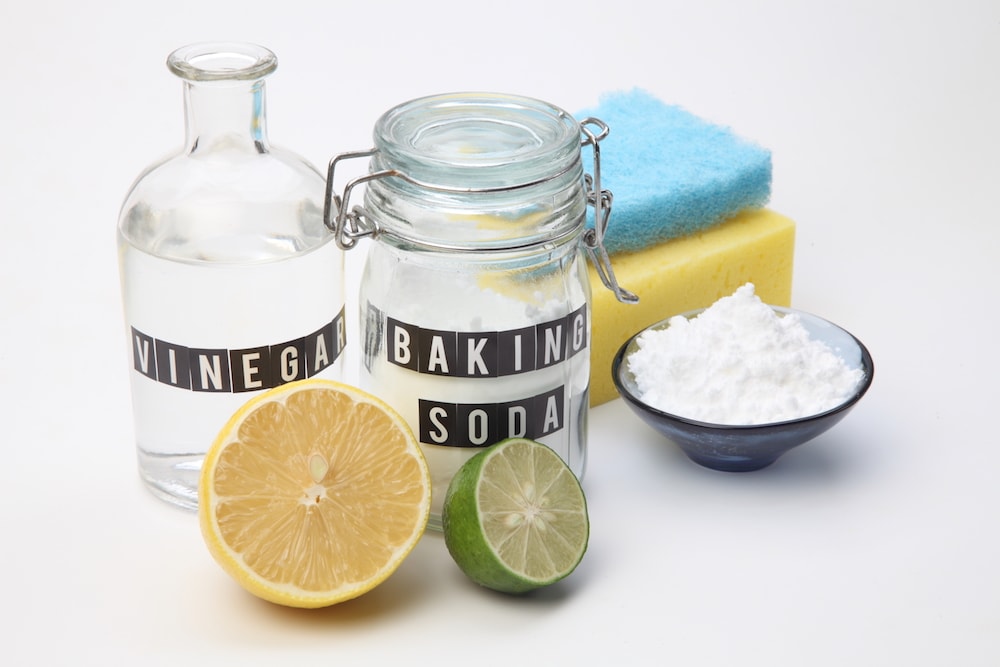
6. Household cleaning
Like cosmetics, household cleaning products often contain synthetic chemicals which have been shown to be harmful to human health and the environment. Luckily, it’s easy to take it back to basics and make your own effective cleaning products from household products like baking soda, vinegar, or lemon juice. Here are some simple ideas to get you started:
• Blocked drains: use bicarbonate of soda until it fizzes and then put boiling water down the drain.
• Spills on carpets: shake bicarbonate of soda or corn starch – leave for an hour then vacuum.
• Dishwashing powder: combine one part borax and one part bicarbonate of soda.
• To descale a kettle: add one part water and one part vinegar. Bring to the boil, leave to cool, and rinse thoroughly.
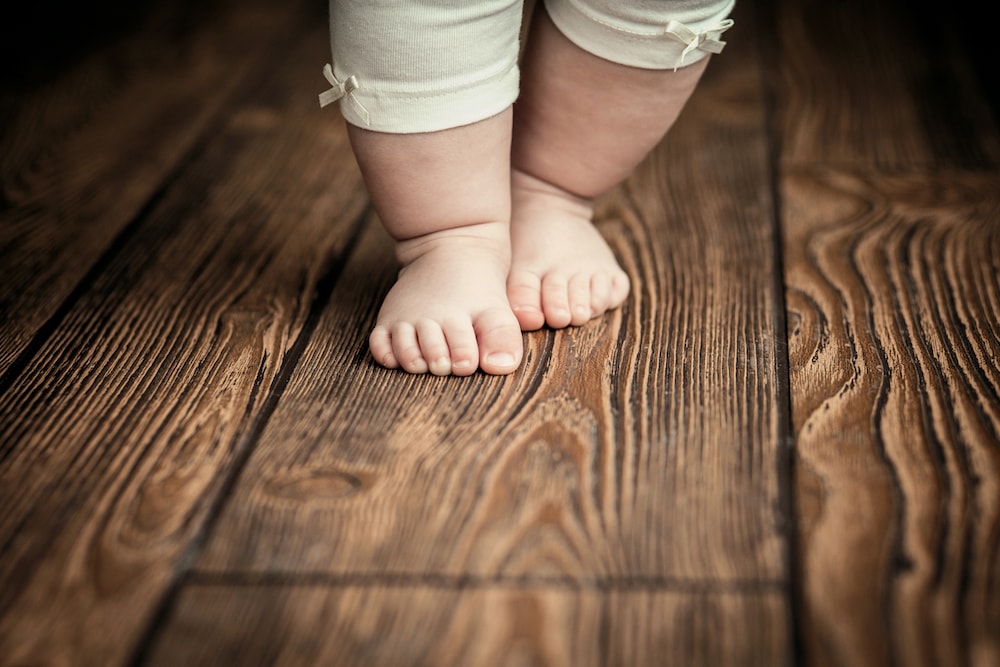
7. Healthy flooring
Flooring is often not discussed in environmental or health terms, but choosing a flooring type for your home is likely to have long-term impacts, so it’s important to be aware of its implications. If you are replacing your flooring, consider the following:
• British houses tend to favour fitted carpets but these contain pollutants, are not biodegradable, and gather dust allergens.
• Wooden floorings are more sustainable than carpets, but only if they are sourced from ecologically-managed forests. Look out for the FSC certification. Solid wood is actually more environmentally friendly than manufactured wood, as the latter is constructed with harsh glues and sealants.
• Bamboo is often seen as the most sustainable option, as it matures quicker than hardwood and sequesters more carbon. However, certification is lacking so remember to be a critical consumer.
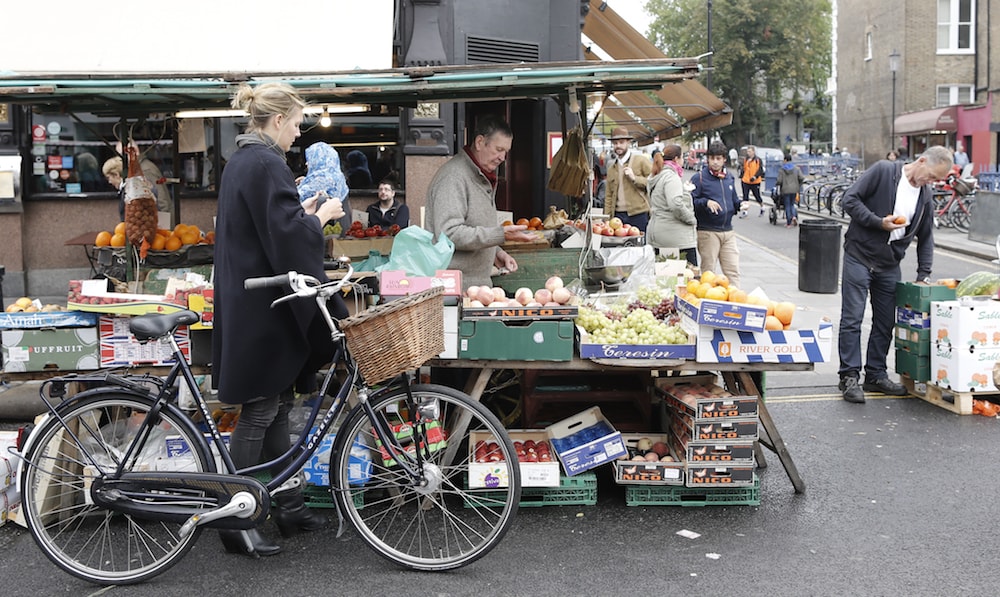
8. Transport
Transport is a huge contributor to climate change. The best option is to walk or cycle to your destination. This is largely free, with zero carbon emissions, and wonderful exercise. If this isn’t an option, take public transport, and encourage your local authority to invest in low-carbon buses.
Flying is one of the most carbon-intensive activities you can do. Avoid flying when you can – if you are able, enjoy a relaxing train ride to your destination and avoid airport stress. Alternatively, decide to explore holiday options closer to home.
If you aren’t able to avoid flying, then remember to fly less, fly shorter distances, and fly economy – like public transport, the more people there are in the plane, the more the emissions are spread between everyone.
Use your consumer power to reduce your own greenhouse gas emissions, stand up and get your voice heard, and inspire others to take action
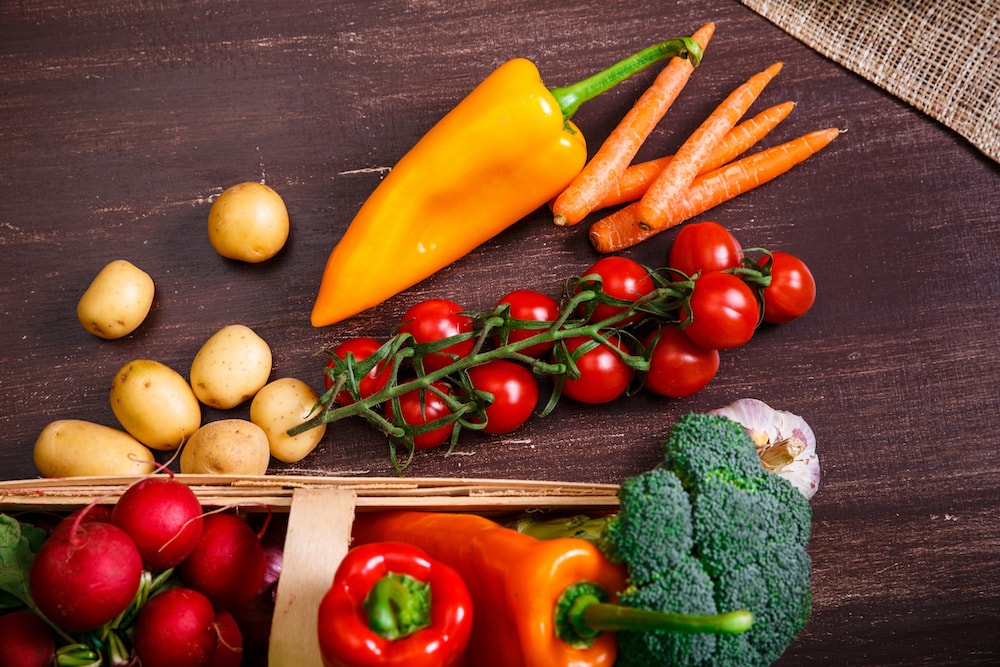
9. Diet
Food production causes between 20 to 30 percent of greenhouse gas emissions. Meat is the most resource-intensive and emission-heavy food source. Simply exchanging your beef and lamb for pork and poultry could save a tonne of CO2 every year – that’s the equivalent of six short-haul flights!
Over half of the crops in the world are grown to feed livestock, using up valuable resources. The fewer animal products you consume, the smaller your carbon footprint. And it has never been easier to find good, delicious vegetarian and vegan food.
Take food miles into consideration. Eating a vegan diet of produce that has been shipped halfway across the world isn’t going to do much for your carbon footprint. Try to buy local produce wherever you can, and make use of those vegetables you’re growing in your garden!
If you aren’t able to grow your own food, veg box schemes exist in many towns in the UK, and often source the most local, organic and seasonal produce possible. The social network, Climates, has launched the Climatarian Diet: a way of eating with reducing carbon emissions in mind.
The Women’s Environmental Network is the only UK charity focussing on issues that link women, food production, health and the environment.

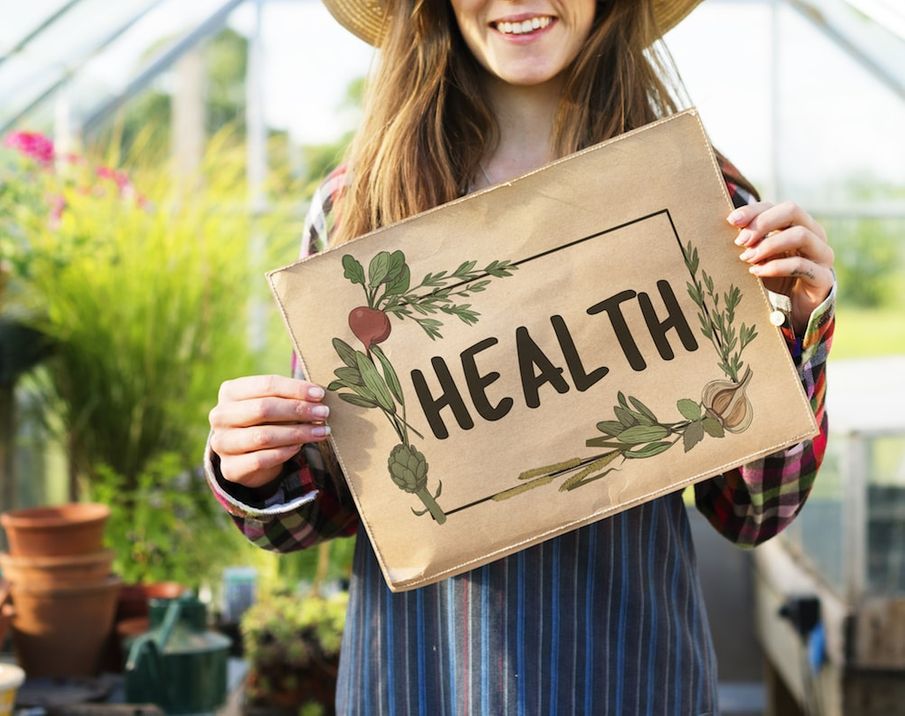
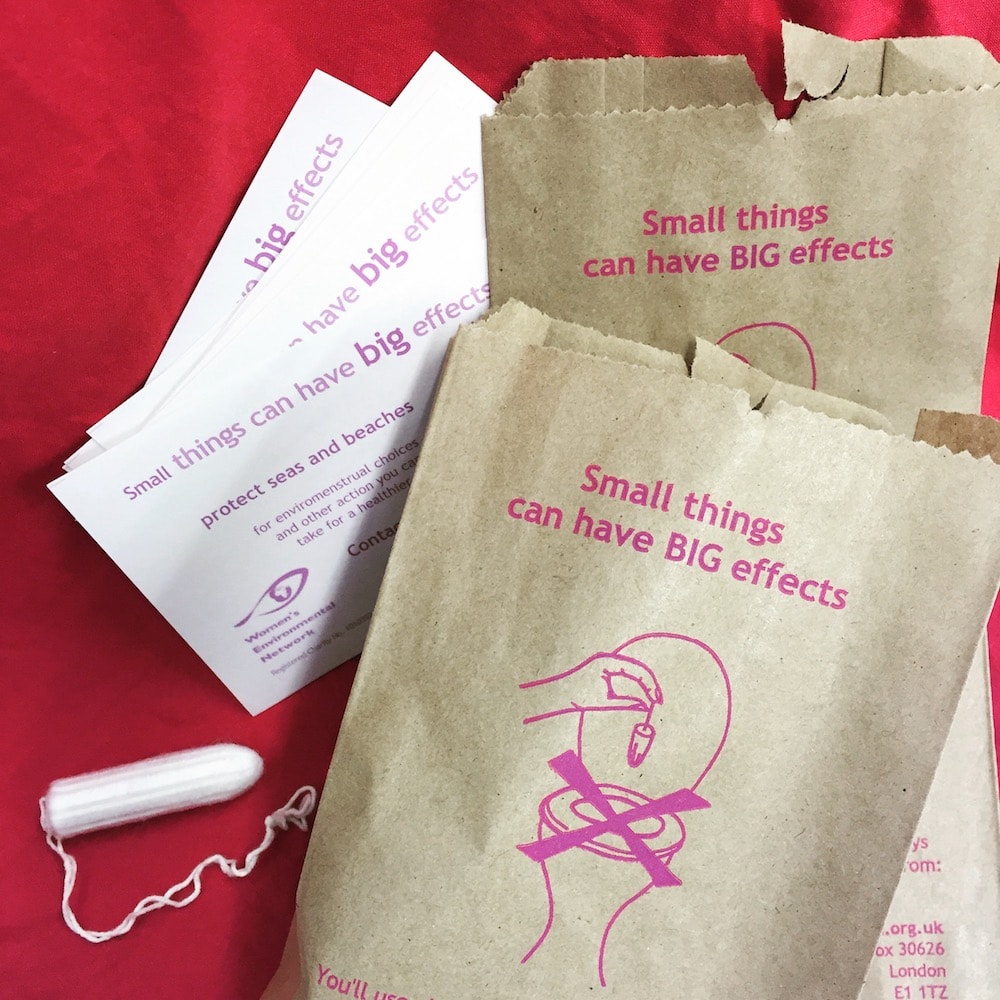
Comments